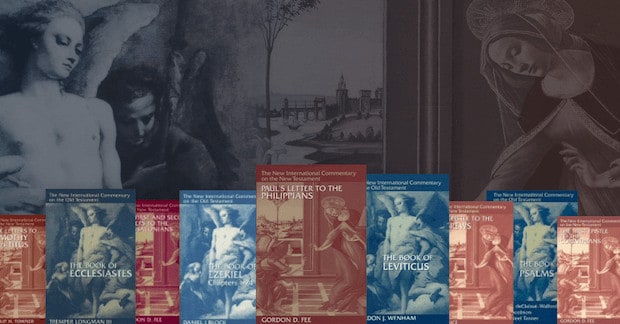D.A. Carson describes Leon Morris’ writing style in The Gospel according to John as “superb.” Interested to see for myself, I opened the commentary to see how Morris treats my favorite passage in all the Gospels.
Indeed, his introduction to the High Priestly Prayer is brief yet beautiful, full of honor for the Lord’s tender petition. I found it refreshed my reading of the prayer, making it even more comforting and empowering than it already was.
***
[C.K.] Barrett objects to describing the prayer [as a high priestly prayer] or as the “prayer of consecration,” since this “does not do justice to the full range of material contained in it.”1 Everything I suppose depends on the range one would expect to find in a “high-priestly prayer.”
This common name does draw attention to the solemn consecration that is so much a feature of the prayer and to the way it looks forward to the cross as the consummation of Christ’s priestly work. This is the longest of Jesus’ recorded prayers, and, spoken as it is in the shadow of the cross, it is invested with a peculiar solemnity. “No attempt to describe the prayer can give a just idea of its sublimity, its pathos, its touching yet exalted character, its tone at once of tenderness and triumphant expectation.”2
The last words are important. We so often understand this prayer as though it were rather gloomy. It is not. It is uttered by One who has just affirmed that he has overcome the world (16:33), and it starts from this conviction. Jesus is looking forward to the cross but in a mood of hope and joy, not one of despondency. The prayer marks the end of Jesus’ earthly ministry, but it looks forward to the ongoing work that would now be the responsibility first of the immediate disciples and then of those who would later believe through them. Jesus prays for them all. *** This excerpt has been lightly adapted for readability. You can add Morris’ work to your library for $29.99 (normally $72.99) for a short time only during the NICOT/NICNT sale.







